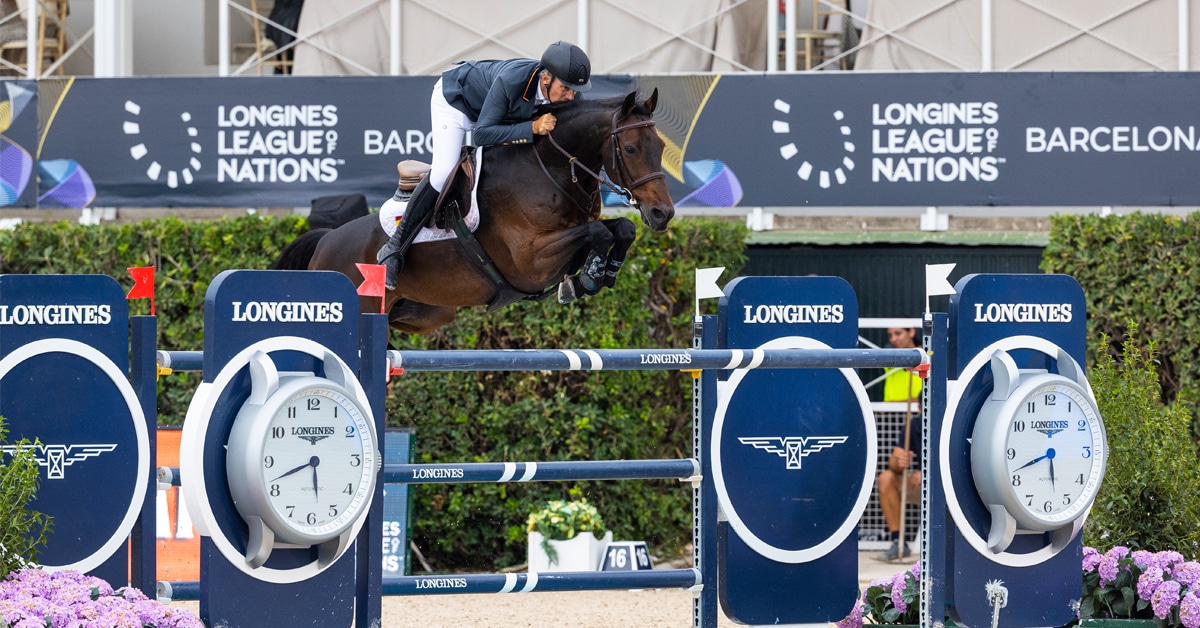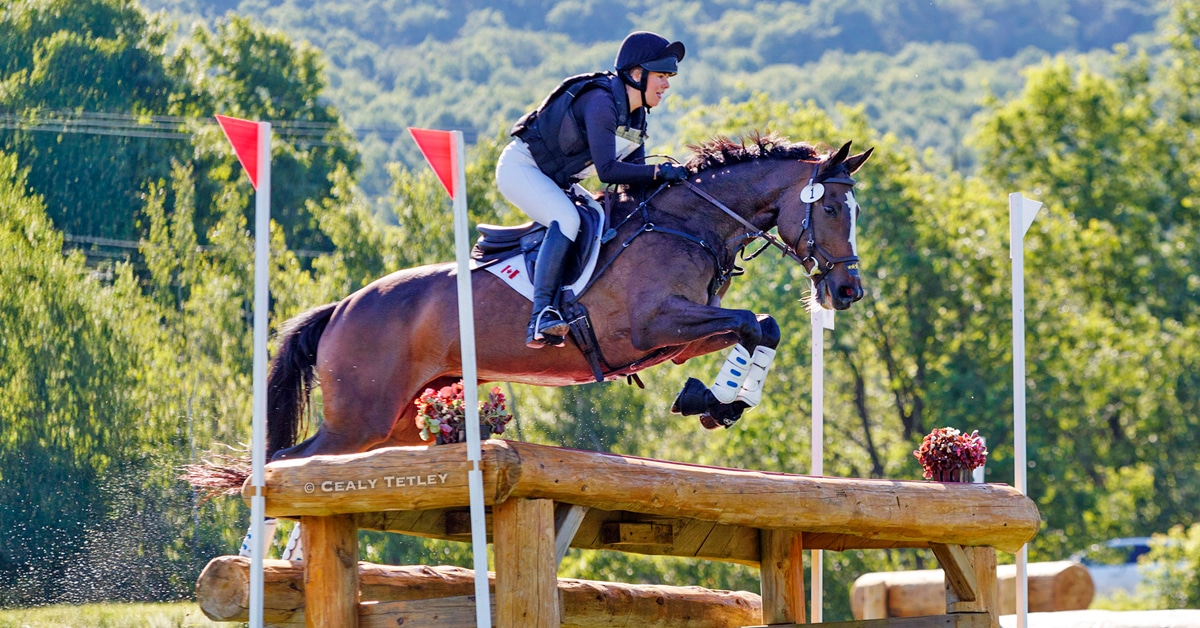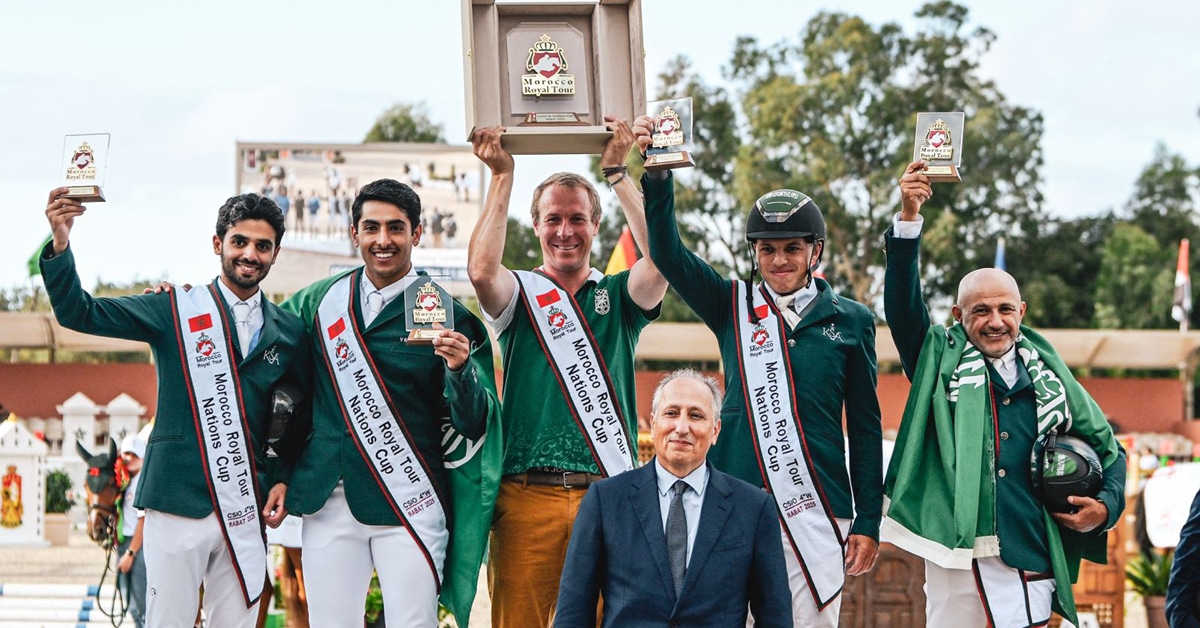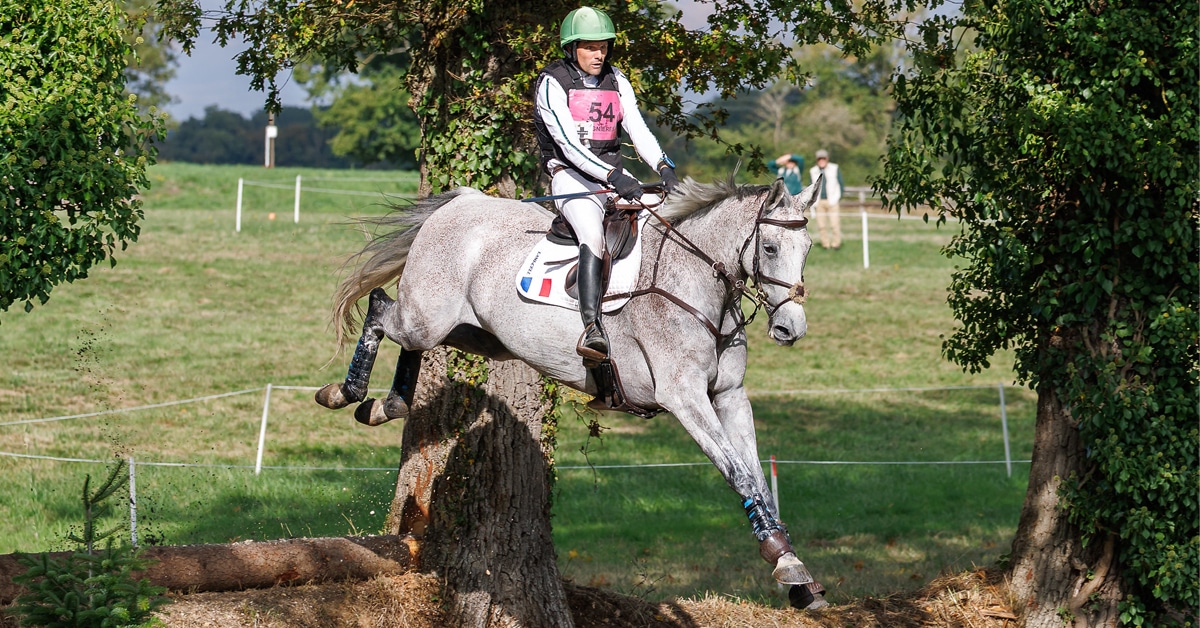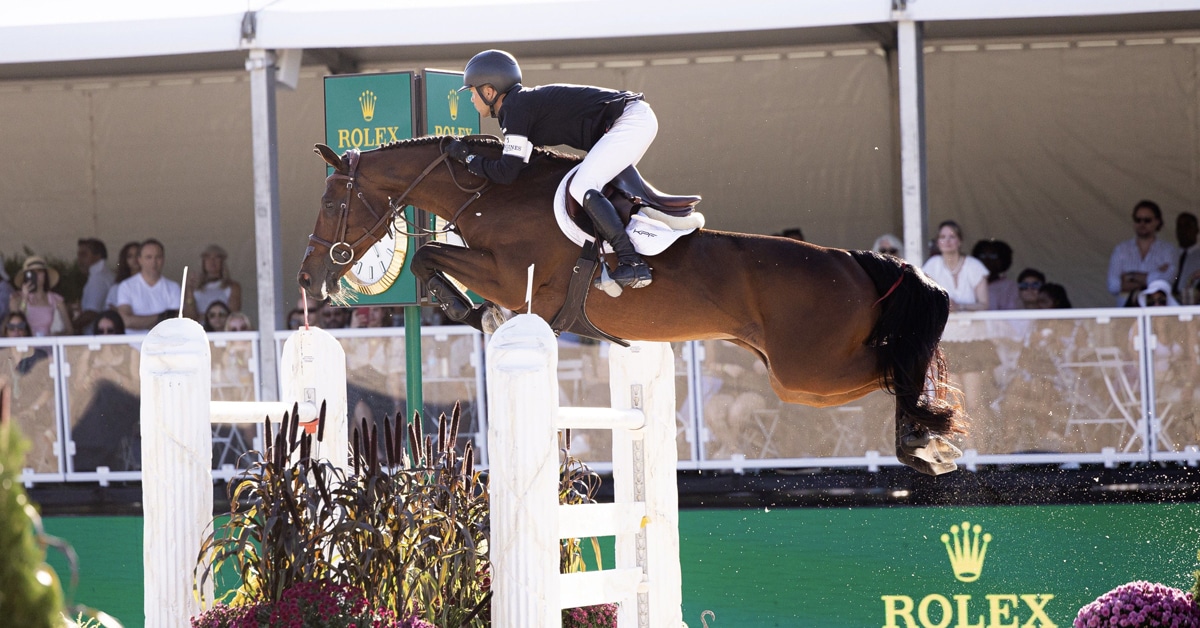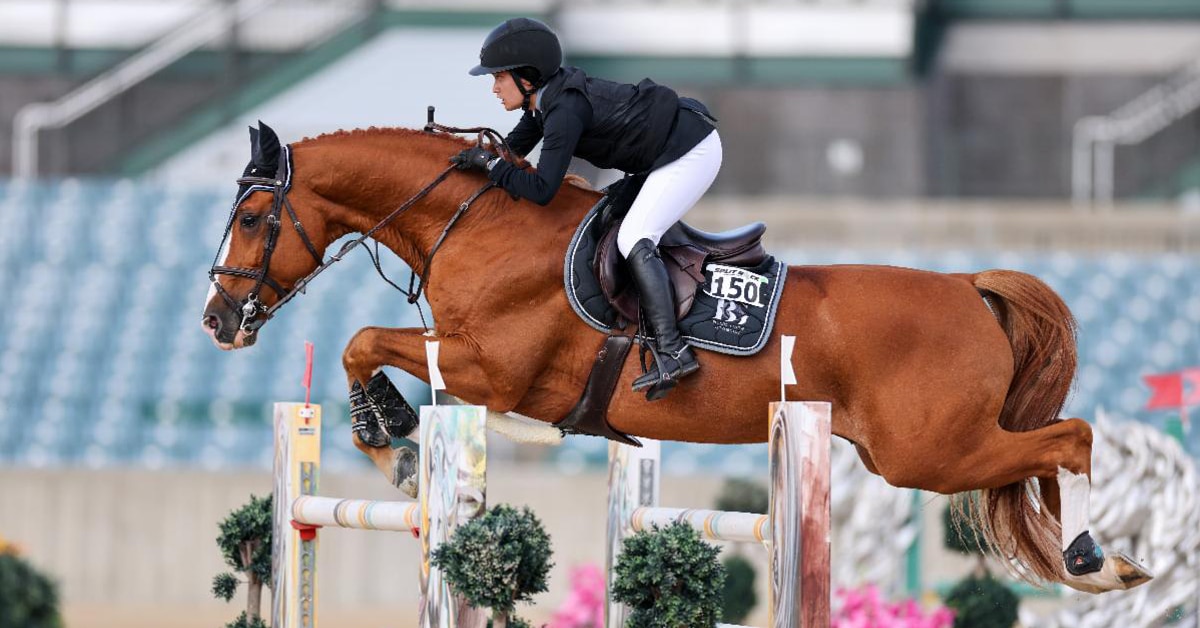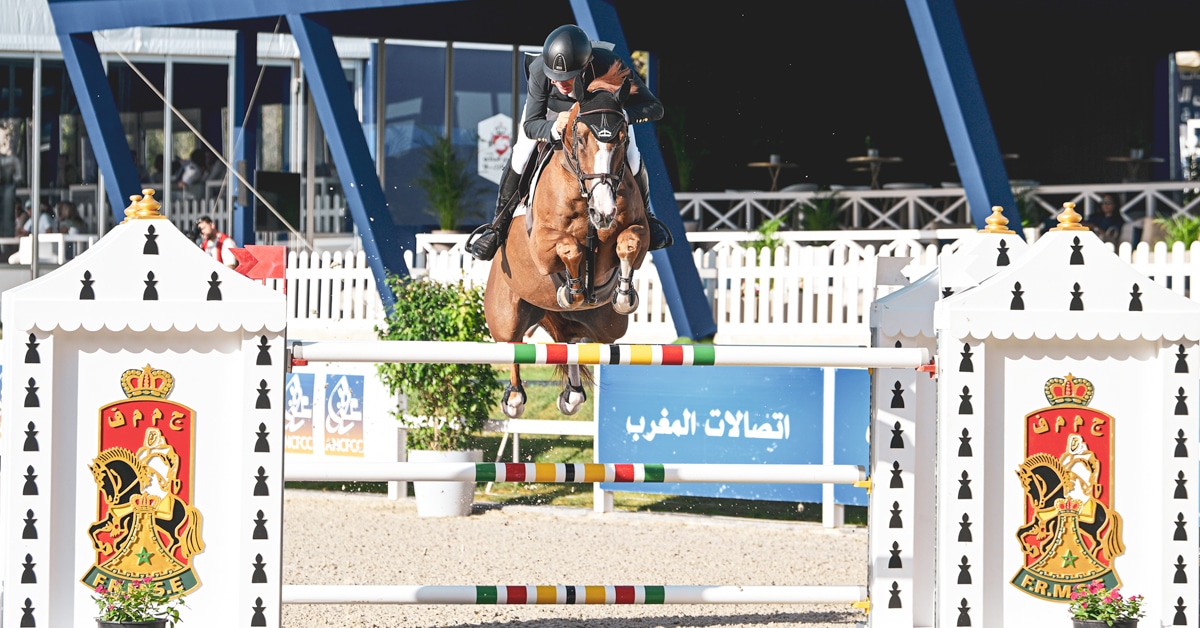In her debut book, Canadian Olympian Claire Smith of Burritt’s Rapids, ON shares her experiences and insights on life after devastating injury.
Falling Into Now: Memories of Sport, Traumatic Brain Injury, and Education is the poignant memoir of Smith grappling with her identity as a former high performance rider on the long road to recovery.
Representing the Canadian Eventing Team, Smith placed 14th at the 1996 Atlanta Olympics with her late gelding, Gordon Gibbons, a 1985 Thoroughbred gelding sired by Red Man. A year later, at the 1997 Open European Three-Day Event Championships in Burghley, GBR, she suffered a disastrous fall when her horse flipped over a jump.
Smith was diagnosed with a severe traumatic brain injury, and spent the next three years undergoing intense rehabilitation therapy. More recently, she has developed Dystonia, a neurological disorder that affects the movement in her right leg. Smith now relies on either a cane and a leg brace, or a wheelchair to facilitate mobility.
After her initial recovery, Smith decided to go back to school in 2000. At the University of Ottawa, she studied the healing processes of fellow survivors of traumatic brain injury. Smith earned her Masters in Education in 2004, and then her PhD in 2010. During this time, she was still in the middle of her own healing journey.
“When I first went back to school, I was doing a Masters and Gordon was still around,” explained Smith. “I still rode Gordon, but he died [in 2006 at the age of 21] and I haven’t ridden since. I could, and with the Dystonia I could, my leg would be okay. But I love the work behind the scenes, and I couldn’t get a horse ready on my own.”
Unable to ride at the level to which she was accustomed, Smith concentrated on her academic pursuits. While studying other athletes with head injuries, she found herself looking more and more at her own recovery and identity. As insight and inspiration struck, Smith began to write Falling Into Now.
“I felt that writing the book was really another step towards my healing process because I hadn’t really looked at my horse journey, my horse life, and all the good and bad that had happened,” explained Smith. “I didn’t feel really ready to do that until a couple of years ago. A quarter of the book is my horse life, and I just tell stories that kind of reveal how I was: my drive, my dedication.”
The drive and dedication that Smith regularly refers to is a characteristic typical of high performance athletes. The same incentive that drove Smith to perform at the highest level of equestrian sport also motivated her recovery. In her PhD thesis, entitled “Journeys of Identity Construction After Traumatic Brain Injury: Elite Athletes Perform Their Stories of Healing”, she posits that elite athletes generally respond in a similar manner after traumatic brain injury.
“Because they’ve all done sports to their maximum ability, they used that same drive and dedication to recover as much as physiologically possible,” wrote Smith in her thesis. “The path of recovery from serious injury is suggested by the path of life before the injury occurred.”
While Smith correlates an elite athlete’s successful physiological recovery to an internal sense of drive that is almost instinctual, she separates mental recovery as a conscious choice.
“I was miserable for a long time, but I realized that you’re responsible for your own happiness,” she explained. “I had a psychiatrist, and all the help and support I wanted from my parents and my partner, but unless you make a choice to look on the bright side of things, be the best that you can be, and be happy despite your losses, no one can do that for you.”
Despite great loss, Smith remains positive and appreciates all that she has accomplished post-injury. Numerous book signings, media appearances and public speaking engagements fill Smith’s schedule. (This includes an appearance at the 2018 EC Annual Convention. Don’t miss her presentation at 10:30 a.m. on Friday, April 6 – register today!)
She swims regularly at the YMCA in Brockville, ON, where she also sits on the Board of Directors. Smith is also active with numerous organizations and committees that provide assistance and resources to persons who have suffered brain injuries.
“For the first while after I was hurt, I definitely didn’t accept the fact that I was not going to be able to do what I did,” said Smith of her riding career. “I miss it terribly, but I’ve got so much going on.”
Smith continues to write academically, and, continually motivated by the enduring drive of an elite athlete, is already mulling over ideas for a second book.
Falling Into Now: Memories of Sport, Traumatic Brain Injury, and Education is available for purchase on amazon.ca and chapters.indigo.ca. For more information on Claire Smith, visit clairesmith-author.ca.
Read an excerpt from Falling Into Now below:
At long last I’m emotionally healthier. The past no longer scratches me painfully with each passing day. But although it’s been more than 19 years since my life changed so dramatically, I still grasp at the disappearing memories of the time when I lived for my horses. They’ve become healthy, fond thoughts of a beloved period of my life; I’m now able to peacefully enjoy the fading, precious memories of my life with horses.
Because it’s been so long, I’m surprised—startled even—when nostalgic memories of the past push their way into my consciousness. I always wonder how they choose when they’ll appear in the Now of my life. I could be driving my car, taking out the garbage or feeding the dog. Suddenly my past will poke insistently at my Now, vying for attention, demanding that the now stops in its tracks. Welcoming its intrusion, I can’t help but immerse myself.
Occasionally, memories pounce on me when I’m sitting at my desk in front of my computer, waiting for inspiration. Then my fingers can’t stop typing.
Riding in the early morning, the mist hovering, not yet burned away by the sun. Sitting on my faithful friend Gordon, his ears pricked, framing his world. Mine too, during that magical time.
Although I don’t want the past to disappear completely, I do heed the words of Joan Didion, who writes that as time passes, “Memory fades, memory adjusts, memory conforms to what we think we remember.” I wonder how my memories have changed. Have they adjusted or adapted? Maybe the memories of my past have been redesigned in my dreams to conform to what I want to remember, how I want to remember.
For the first few years after my life suddenly changed, I absolutely would not acknowledge that there were many parts of my former life that I didn’t miss at all. During the early years of my recovery, there’s no way that I would have faced that harsh, unpleasant reality, let alone accept it. Instead, I continually struggled to turn back time, to be the person I used to be. It took years, but I finally admitted to myself that I was no longer wistful for the tough parts of those years, the relentless hard work. The aching tiredness, the frustration. I can certainly do without the tough realities that made up a large percentage of that time. I now question why on earth the very occasional flashes of success seemed to make it all worthwhile. At long last, I’ve put the loss of my former life in perspective.
Smith, Claire. 2017. Falling Into Now: Memories of Sport, Traumatic Brain Injury, and Education. Bloomington: iUniverse.
More News
